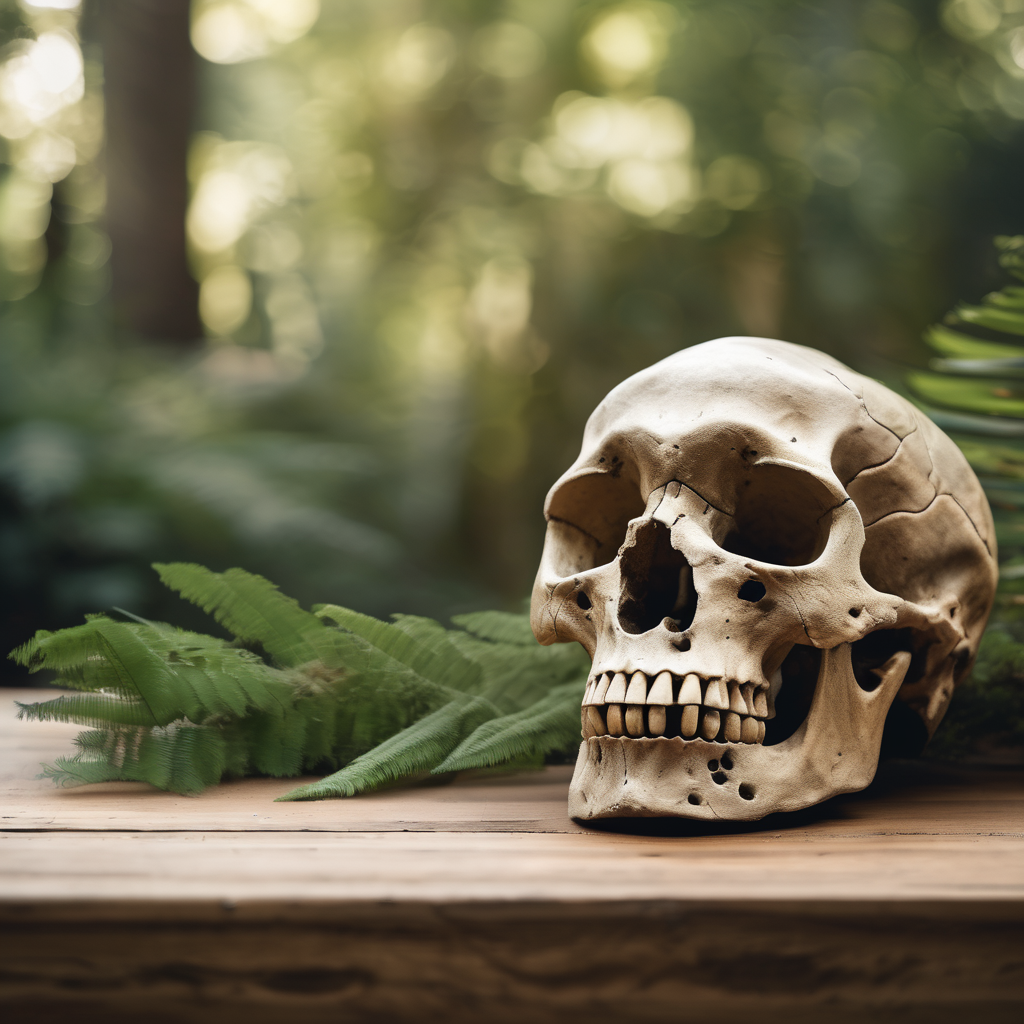A groundbreaking study from Oxford University suggests that kissing, a seemingly puzzling behavior with no obvious survival advantages, has deep evolutionary roots dating back around 21 million years. The research indicates that this intimate gesture likely evolved in the common ancestors of modern humans and other great apes, including the now-extinct Neanderthals, with an estimated 84% probability that they engaged in kissing.
Kissing has long been celebrated in art, literature, and culture, prompting curiosity about its origins. The study, published in the journal Evolution and Human Behavior, reveals that kissing is not merely a modern invention but an ancient trait intertwined with our biology. Lead author Matilda Brindle, an evolutionary biologist at Oxford, emphasized that this is the first comprehensive evolutionary analysis of kissing, contributing to a larger understanding of the diverse sexual behaviors observed among primates.
To conduct this research, the Oxford team defined kissing as “non-aggressive, mouth-to-mouth contact that did not involve food transfer,” a definition that needed to be broad enough to apply across various species. Their investigation included data on several primate species, finding that kissing behavior is common among most great apes, such as chimpanzees, bonobos, and orangutans. Interestingly, kissing has also been documented in a range of other animals, from polar bears to prairie dogs, though behaviors vary widely from species to species.
Employing advanced statistical modeling, the researchers simulated numerous evolutionary scenarios to trace the origins of kissing. Their analysis suggests that this behavior emerged after the great apes diverged from smaller ape species, persisting throughout evolutionary history and remaining prevalent in modern great apes.
A particularly striking aspect of the study is the team’s conclusion regarding Neanderthals. The research adds weight to earlier findings of shared oral microbes between Neanderthals and modern humans, supporting the hypothesis that Neanderthals likely practiced kissing. However, some experts caution that the evidence linking bacteria transfer to kissing could also be attributed to shared ancestors rather than direct behavioral parallels.
Despite the ancient origins of kissing, it is not universally practiced among humans. According to co-author Catherine Talbot, kissing is observed in only about 46% of cultures, highlighting the intricate interplay between biological evolution and cultural expression in human behavior.
Researchers speculate that, despite the risks of disease transmission associated with kissing, it may offer adaptive benefits, such as mate evaluation through olfactory cues or enhancing sexual arousal prior to mating. Additionally, the study suggests that kissing may have evolved from the parental behavior of premastication, where parents feed pre-chewed food to their offspring.
While the study presents new insights into the evolutionary history of kissing, the authors recognize limitations, noting a scarcity of data—particularly regarding non-primate animal behaviors. They hope their findings will pave the way for future research on kissing across a broader range of species.
Ultimately, the study sheds light on the complexities of social behavior, revealing that what may seem like a simple act is, in fact, a profound evolutionary testament rooted in our biological heritage. This new perspective invites ongoing exploration into the intricate connections between our evolutionary past and present social practices.
